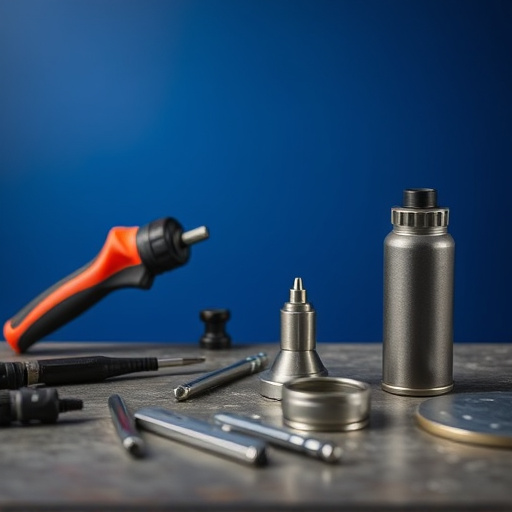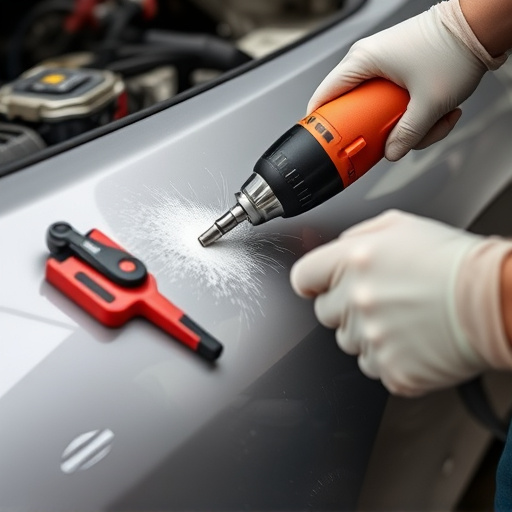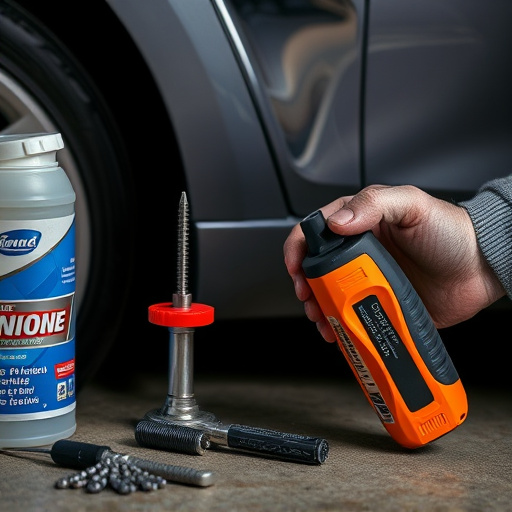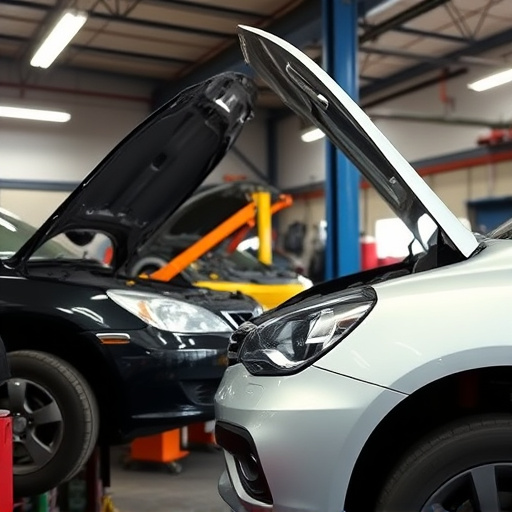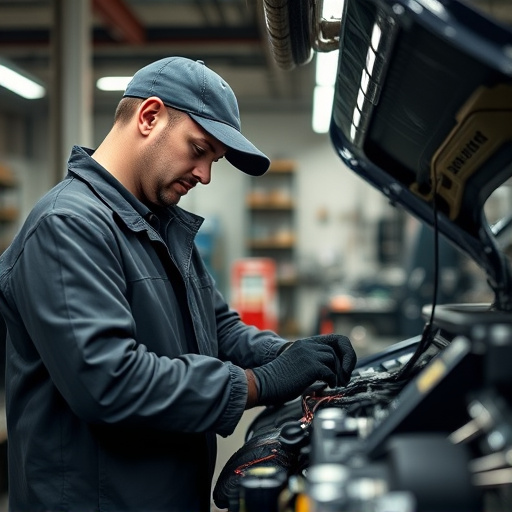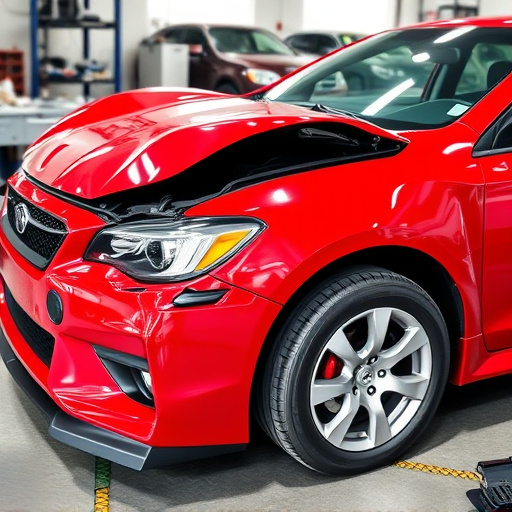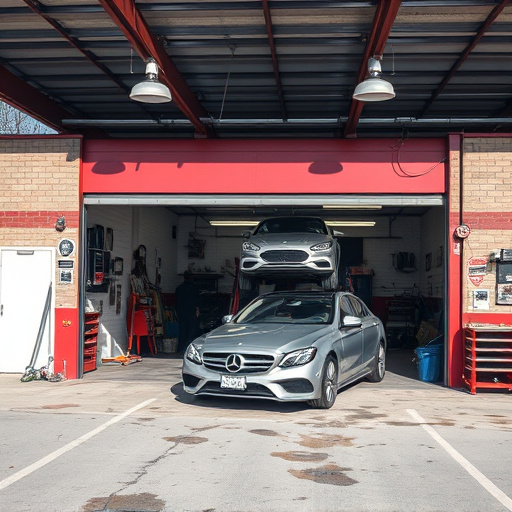Tesla's thermal management system is key for battery health and performance, using sensors, pumps, and radiators to regulate heat. Regular coolant level checks and thorough thermal management inspections are vital for collision repair and maintenance, preventing overheating and costly repairs, especially in extreme weather. Prompt resolution of issues ensures peak EV condition.
“Maintaining optimal temperatures is crucial for your Tesla’s performance and longevity. This article guides you through essential steps for a Tesla thermal management check, focusing on coolant level inspections. Learn how to understand your vehicle’s sophisticated thermal system and identify potential issues. We’ll walk you through the tools and procedures for checking coolant levels accurately. Additionally, discover strategies for diagnosing and resolving thermal problems, ensuring your Tesla stays cool under pressure.”
- Understanding Tesla's Thermal Management System
- Checking Coolant Levels: Tools and Procedures
- Diagnosing and Resolving Thermal Issues
Understanding Tesla's Thermal Management System

Tesla’s thermal management system is a sophisticated network designed to keep the electric vehicle’s battery and components at optimal temperatures. This system plays a crucial role in ensuring the longevity and performance of the vehicle, especially during extreme weather conditions. It encompasses a series of sensors, pumps, and radiators that work together to regulate heat generation and dissipation. By monitoring temperature levels across various components, the system prevents overheating, which could lead to reduced battery life or even catastrophic failure.
Regularly performing a Tesla thermal management check is essential for vehicle collision repair and maintenance. It involves inspecting coolant levels and ensuring the system’s efficiency. Coolant leaks or low levels can indicate issues with seals, radiators, or pumps, requiring prompt automotive body work to prevent further damage. This inspection is a preventive measure that contributes to the overall health of the electric vehicle, ensuring it remains a reliable and efficient mode of transportation.
Checking Coolant Levels: Tools and Procedures

Checking coolant levels is a crucial part of a Tesla thermal management check, ensuring your electric vehicle operates efficiently and safely. To begin this process, you’ll need just a few essential tools: a reliable coolant level gauge, often in the form of a simple stick or digital reader, and possibly an overflow container to catch any excess fluid. Start by locating the coolant reservoir, typically found near the engine bay. Insert the gauge into the filling neck, ensuring it’s fully inserted for accurate readings. Once you’ve established your baseline, top up the coolant as needed using only manufacturer-approved fluids.
This routine inspection is best performed in a well-lit, organized auto collision center or collision repair center environment. With proper tools at hand, mechanics can quickly assess and address any issues. Remember, maintaining optimal coolant levels is key to preventing overheating, especially during intense driving conditions. A Tesla thermal management check, complete with a thorough coolant level inspection, is an essential step in keeping your vehicle in peak condition and avoiding costly repairs that could be required if left unattended, similar to how regular vehicle paint repair maintains the exterior’s integrity.
Diagnosing and Resolving Thermal Issues

Diagnosing thermal issues in a Tesla is a meticulous process that requires advanced tools and expertise. Thermal management checks are crucial for ensuring optimal performance and longevity of the vehicle’s electric systems, especially in extreme weather conditions. A comprehensive inspection involves examining key components like radiators, heat exchangers, and coolant levels to identify any leaks or blockages.
If issues are detected during a Tesla thermal management check, resolving them promptly is essential. This might involve replacing faulty parts, such as a damaged radiator fan or a low-performing coolant, or addressing more complex problems related to the vehicle’s cooling system. Regular auto maintenance, including timely fluid changes and fender repair where necessary, plays a vital role in preventing thermal management issues from escalating, thereby keeping your luxury vehicle in top shape.
Performing regular Tesla thermal management checks and coolant level inspections is vital for maintaining optimal vehicle performance. By understanding your car’s thermal system, using the right tools, and following simple procedures, you can efficiently diagnose and resolve any thermal issues. Don’t overlook these checks—they’re key to ensuring your Tesla stays cool under pressure.
